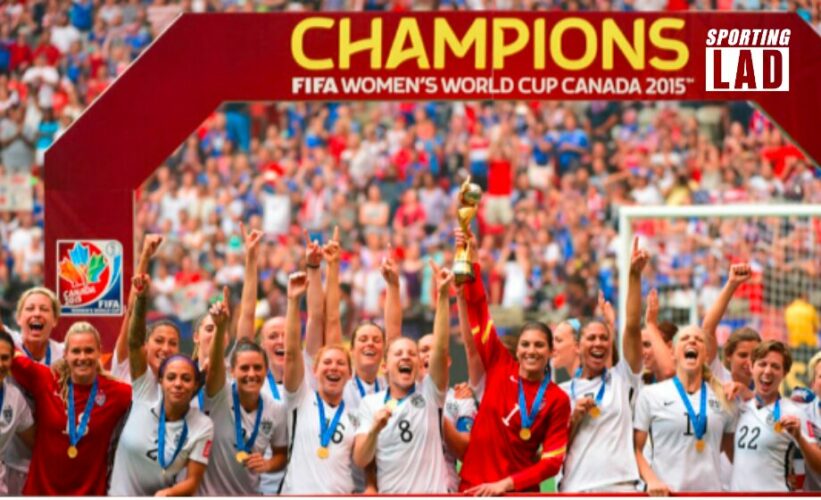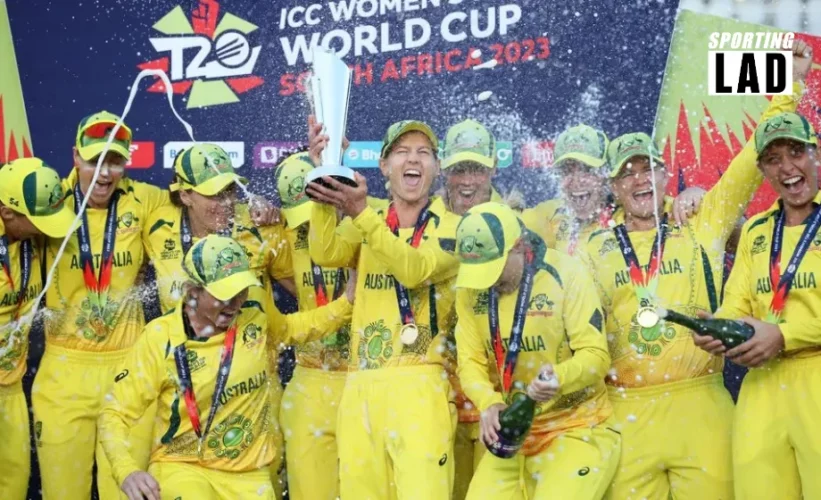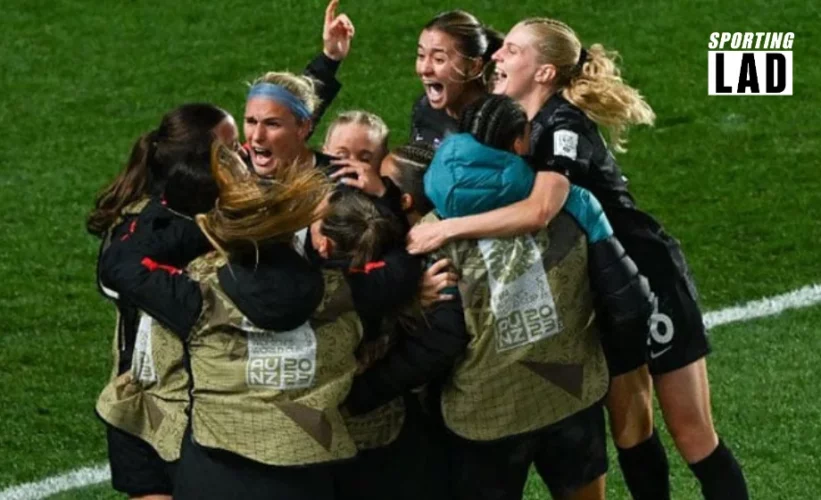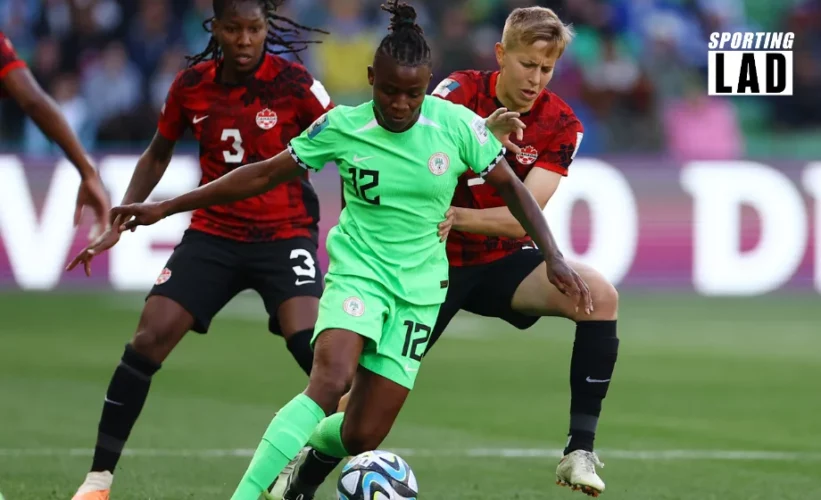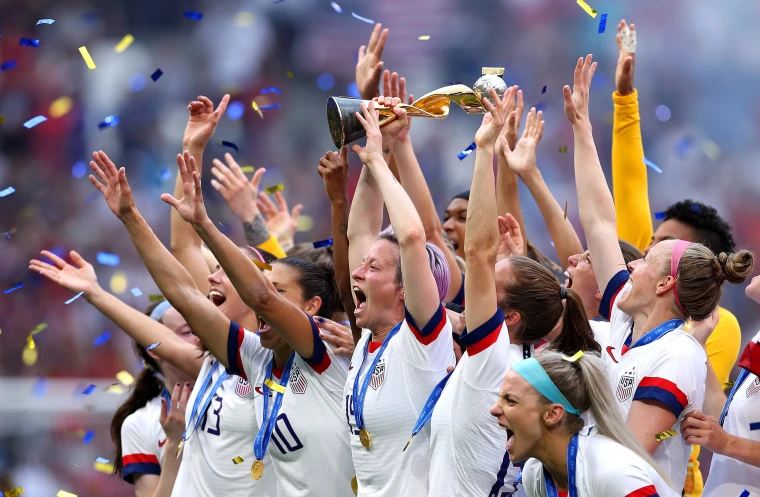At regular intervals, a global football contest considered the FIFA 2015 women world cup shows the exceptional ability and responsibility of female football players from one side of the planet to the other.
The opposition has acquired notoriety and pertinence since it started in 1991, clearing the way for the development and worldwide acknowledgment of Women’s football.
This article will assess the most imperative minutes from the FIFA 2015 women world cup, as well as the competition’s heritage and effect on the advancement of Women’s football.
The FIFA Women’s World Cup debuted in 1991, with China hosting the first edition of the competition. Since then, millions of people across the world have tuned in to watch the competition, which is now highly anticipated. Women’s World Cup participation, viewership, and overall play quality have all increased dramatically over time.
Thanks to the efforts of female football players, coaches, and organizations that support gender equality in sports, women’s football has experienced substantial growth and recognition in recent years.
The FIFA Women’s World Cup is essential for exhibiting female athletes’ talents and capabilities, combating gender stereotypes, and motivating upcoming generations of female football players.
Overview of the FIFA 2015 women world cup
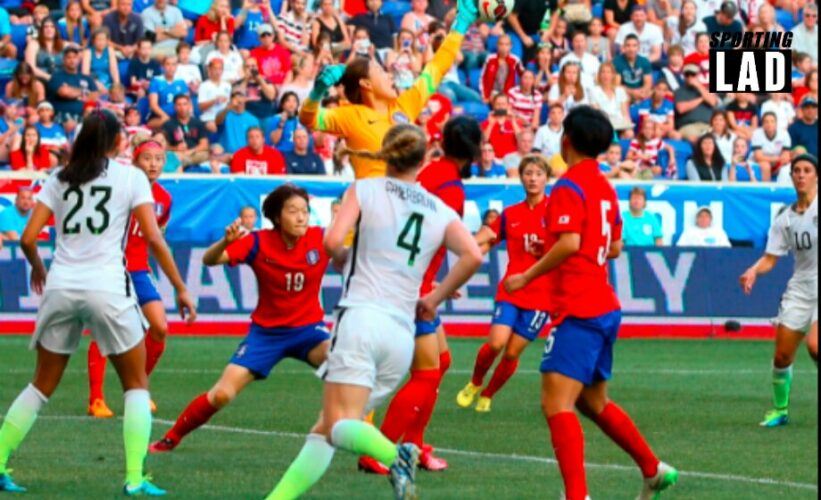
Host country and cities
Canada served as the 2015 Women’s World Cup’s host nation, bringing the competition back to North America for the first time since it began.
Six cities around the nation hosted matches, including Vancouver, Edmonton, and Montreal among others.
The host country demonstrated its love for the game and produced an energetic environment for both players and spectators.
Participating teams
The FIFA 2015 Women’s World Cup featured a total of 24 teams competing from various parts of the world.
The United States, Germany, and Brazil were among the squads, along with developing nations like Cameroon, Costa Rica, and Thailand.
The competition offered a venue for both well-known and lesser-known teams to display their talents and engage in intense competition.
Tournament format
The FIFA Women’s World Cup has a similar structure to the men’s event. In the 2015 competition, teams were split into six groups of four for the group stage.
In each group, the top two teams and the top four third-place teams moved on to the knockout round.
An exciting championship match served as the tournament’s climax.
Key dates and schedule
On June 6, 2015, Canada and China played in the opening match of the FIFA 2015 Women’s World Cup.
The final of the event, which lasted more than a month, took place in Vancouver on July 5, 2015. Football fans saw a lot of thrilling games and outstanding individual performances during this time.
Memorable Matches and Moments

Opening match and tournament kick-off
On June 6, 2015, Canada and China played in the opening match of the FIFA 2015 Women’s World Cup.
The final of the event, which lasted more than a month, took place in Vancouver on July 5, 2015. Football fans saw a lot of thrilling games and outstanding individual performances during this time.
Record-breaking performances
At the FIFA Women’s World Cup 2015, numerous performances broke records. In the championship game versus Japan, Carli Lloyd of the United States scored a spectacular hat-trick, becoming the first player to accomplish such a feat in a Women’s World Cup final.
Her outstanding leadership and skillful performance led the United States to a decisive win.
Stories of misfortune and outcasts
Opposition teams exceeded expectations and pulled off some upsets during the tournament, which also included some surprising results.
The tenacity and talent of African women’s football were on display in the Nigerian team’s strong performance against Sweden, which ended in an exciting 3-3 draw. The tournament became more unpredictable and exciting as a result of these upsets.
Exciting challenges in the knockout stage
The level of competition increased as the FIFA 2015 Women’s World Cup moved on to the knockout round.
The third-place playoff, semifinals, and quarterfinal matches all featured exciting football and demonstrated the competing teams’ prodigious talent and tenacity. Each game had a distinct plot that produced memorable moments for both players and spectators.
Final match and crowning of the champion
Audiences all across the world were enthralled by the United States and Japan’s championship game.
With a dramatic 5-2 victory, the United States team proved their superiority and won their third Women’s World Cup.
The game served as a fitting conclusion to a competition that featured several outstanding performances that demonstrated the talent and enthusiasm of women’s football.
Impact and Legacy
Increased visibility and media coverage
The FIFA 2015 Women’s World Cup attracted a lot of coverage from media outlets throughout the world. Millions of people watched the tournament’s broadcast, which raised awareness of and support for women’s football. This increased exposure has been crucial in dispelling gender norms and advancing equality in sports.
Global promotion of women’s football
The Women’s World Cup acts as a catalyst for the global development and promotion of women’s football.
The competition promotes investment in and support for women’s football infrastructure while inspiring young girls to pursue their football goals. As a result, the sport keeps developing and prospering in many parts of the world.
Influence on female players of the future
For ambitious female footballers, the FIFA 2015 Women’s World Cup had a significant influence.
The performances and achievements of the players showcased the possibilities and opportunities available in women’s football.
This has inspired a great deal of young girls to play the sport and work hard to improve, paving the way for upcoming generations of brilliant female athletes.
Transformed FIFA Women’s World Cup competitions
The FIFA 2015 Women’s World Cup was a huge success, and it set the stage for future competitions. Since then, there have been increases in participation, play standards, and organizational efficiency with each edition.
Women’s football continues to advance as a result of the tournament’s ongoing evolution, which has drawn more supporters, sponsors, and investment.
Evolution of Women’s Football since 2015
There has been a discernible improvement in the growth and professionalism of female football players since the FIFA 2015 Women’s World Cup. The overall development and refinement of women’s football talent around the world has been facilitated by expanded training options, enhanced coaching standards, and easier access to resources.
Women’s football leagues and clubs have expanded and been established in numerous nations as a result of the Women’s World Cup’s success.
This has expanded the opportunities for female athletes to compete at the professional level, fostering the sport’s long-term growth and development.
Conclusion
Women’s football is becoming more and more well-liked, which has led to greater funding and support from numerous organizations. Major companies and brands are supporting the growth of women’s football financially and with resources, realizing its value and potential.
Suggested read: How to Watch Women’s World Cup on RaiPlay for Free from Anywhere
